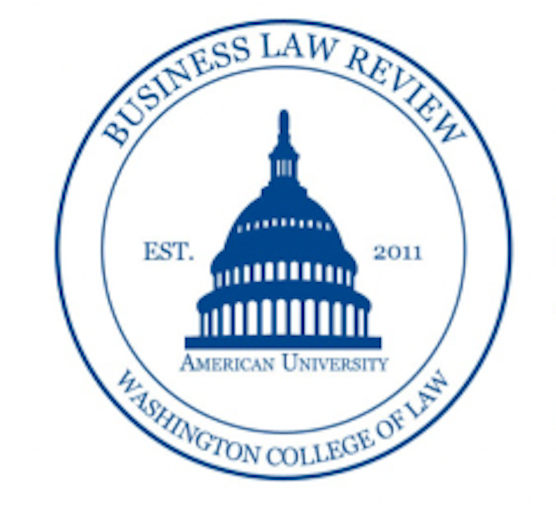By: Vanessa Michaud
On January 24th, 2017, Apple found out just how far down a slippery slope publicity rights can take it. Singer Jerome Lawson filed suit against the company in California Superior Court for violating his publicity rights in an advertisement.[1] Apple had used the song “I Know There’s Gonna Be (Good Times) by singer Jaime xx in an iPhone advertisement and compensated him for its use.[2] Jamie xx’s song, however, samples a song from the a capella group, The Persuasions, of which Jerome Lawson was a member.[3] Despite Jamie xx’s label legally licensing the sample, Lawson strongly believes his publicity right was violated as a result of Apple using his “distinctive and famous” voice, making it seem as if he was endorsing their products.[4] His complaint also alleges that the use of the song is in violation of collective bargaining agreements made between the Screen Actors Guild and the American Federation of Television and Radio Artists (SAG-AFTRA),[5] which require bargaining with every artist involved in the making of a song.[6] This complaint raises a question that goes beyond the usual copyright licensing of a song and into whether there should be greater emphasis placed on seeking out a publicity rights license.[7]
California’s right of publicity law protects a person’s voice and likeness, among other things, for purposes of advertising or selling any product without the person’s permission.[8] For Lawson to prevail, the trial judge must rule that the California right of publicity law overrides federal copyright law (Copyright Act of 1976), a hard obstacle to overcome.[9] Current federal copyright law protects “original works of authorship fixed in a tangible medium of expression,”[10] but the Act’s exclusive rights do not include publicity rights.[11] The Act also does not provide protection for works published prior to 1978.[12] Lawson’s song was recorded in 1971, which means it is out of the scope of protection for current federal copyright law.[13] Strategically, Apple could try to prove that Lawson’s voice is not distinctive enough to prove he has a right of publicity.[14] In hindsight, this defense would likely be Apple’s strongest point because the company’s target audience for the iPhone, demographically speaking,[15] is unlikely to have heard a song by The Persuasions. In other words, his voice would not be recognizable and Lawson’s publicity claim would not stand.
Rising attention to publicity rights cannot be ignored, however. Prior to Lawson’s suit, singer Darlene Love sued Google and Scripps Network, Inc. over their use of her songs, “It’s a Marshmallow World” and “Christmas (Baby, Please Come Home),” in advertisements, despite dropping both suits soon after.[16] It is not ideal, however, to “open a Pandora’s box” by allowing Lawson’s right of publicity claim to stand. Where can the line be drawn if it became more difficult “to license something for a commercial. . .without clearing even the backup singer and the session trombone player that was used”[17]? Despite this, although it is not standard procedure to seek out a publicity rights license,[18] it should be considered more often, especially if high-profile singers with distinct voices are sampled in songs. The Copyright Act promotes creativity by protecting original work, and despite the slippery slope as to who has a publicity right, if there is a higher focus on publicity rights in the courts, singers would not be discouraged when having their music sampled in other songs.
[1] Bill Donahue, Apple Hit With Publicity Rights Suit Over Song In iPhone Ad, Law360 (January 25, 2017, 5:48 PM), https://www.law360.com.proxy.wcl.american.edu/ip/articles/884902/apple-hit-with-publicity-rights-suit-over-song-in-iphone-ad.
[2] Id.
[3] Id.
[4] Id.
[5] Don Reisinger, Apple Sued for Sampling Jamie xx Song in iPhone Commercial, Fortune (Jan. 26, 2017), https://fortune.com/2017/01/26/apple-jamie-xx-lawsuit/.
[6] Lizzie Plaugic, Apple is being sued over a sample in a Jamie xx song in an iPhone commercial, The Verge (Jan. 25, 2017, 2:31 PM), https://www.theverge.com/2017/1/25/14383778/apple-jamie-xx-iphone-commercial-persuasions-lawsuit.
[7] Donahue, supra note 1.
[8] Plaugic, supra note 6 (citing Cal. Civ. Code § 3344)
[9] Donahue, supra note 1.
[10] 17 U.S.C. § 102 (Supp. 2016).
[11] 17 U.S.C. § 106 (Supp. 2016)
[12] 17 U.S.C § 302(a) (Supp. 2016).
[13] Donahue, supra note 1.
[14] Id.
[15] Brandon Gaille, 40 Enticing iPhone Target Market Demographics, Brandon[Gaille] (Sep. 29, 2014), https://brandongaille.com/40-enticing-iphone-target-market-demographics/ (“People aged 25-34 are the most likely to own an iPhone, followed by the 18-24 age group.”).
[16] Donahue, supra note 1.
[17] Plaugic, supra note 6 (citing Brad Newberg, intellectual property lawyer at McGuire Woods).
[18] Donahue, supra note 1.


